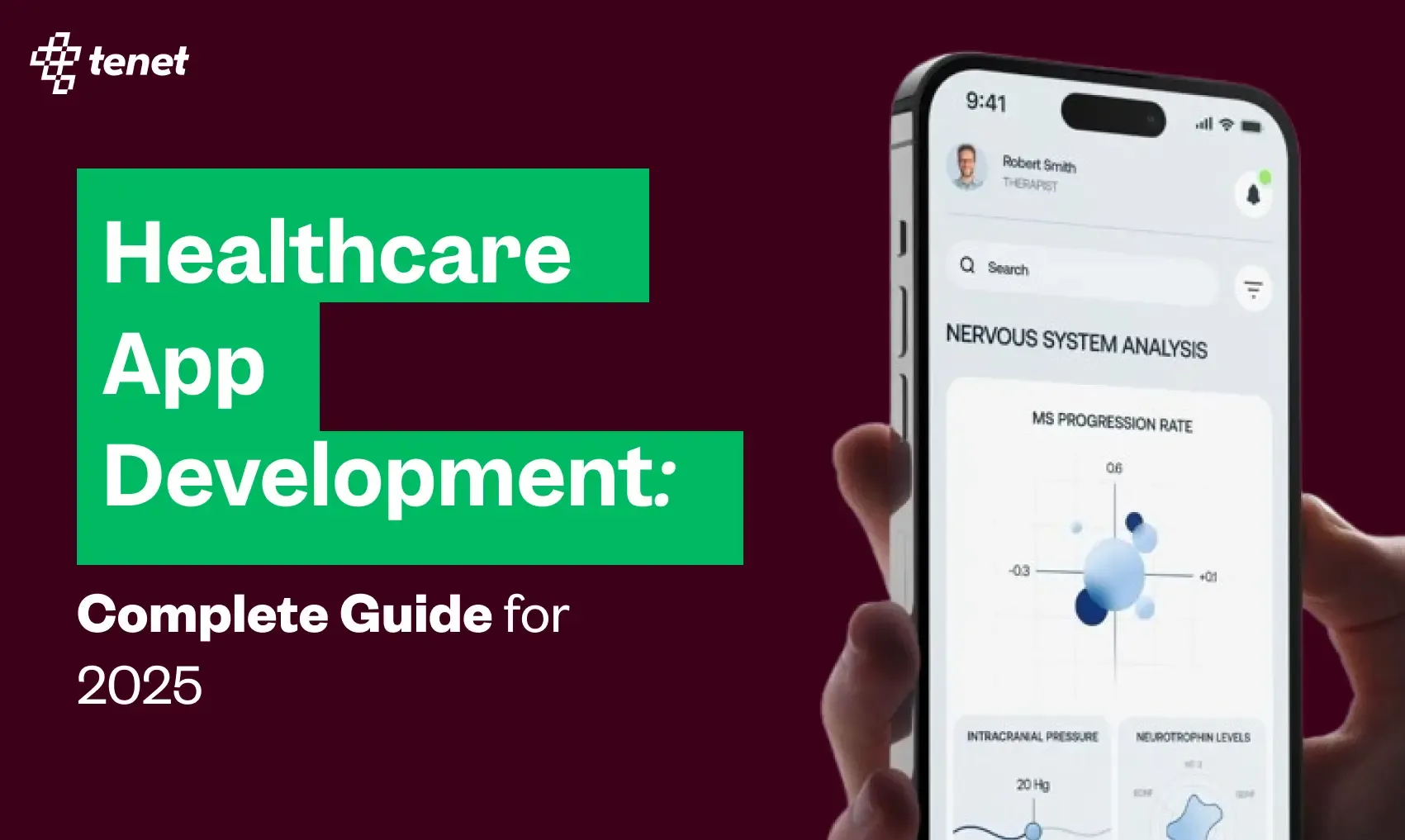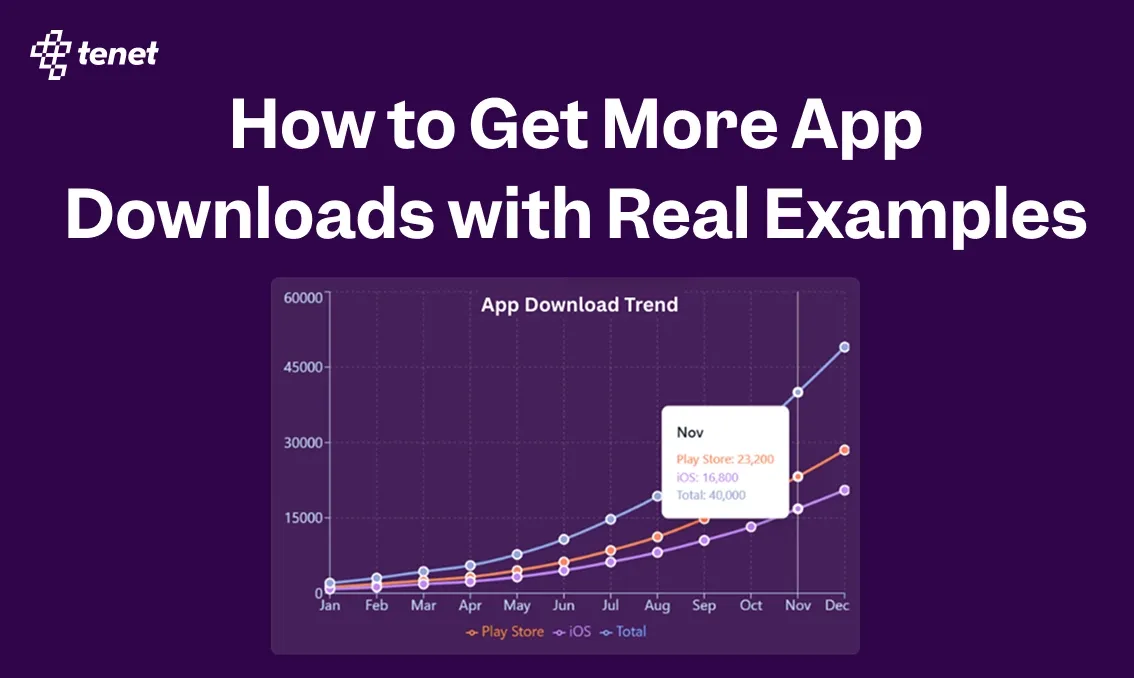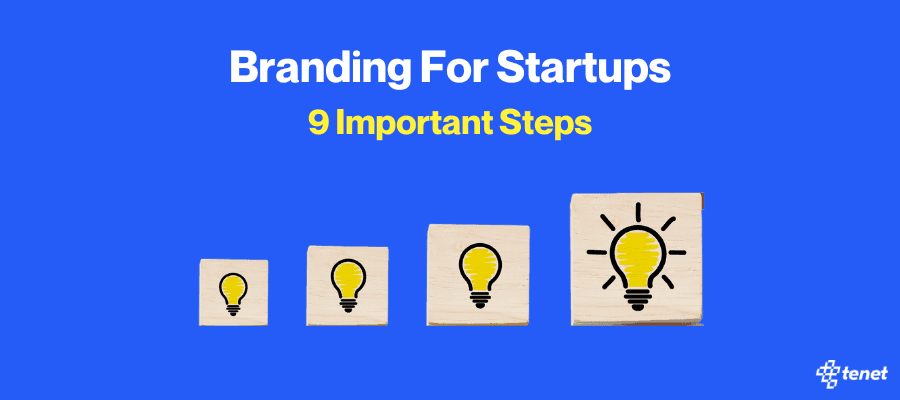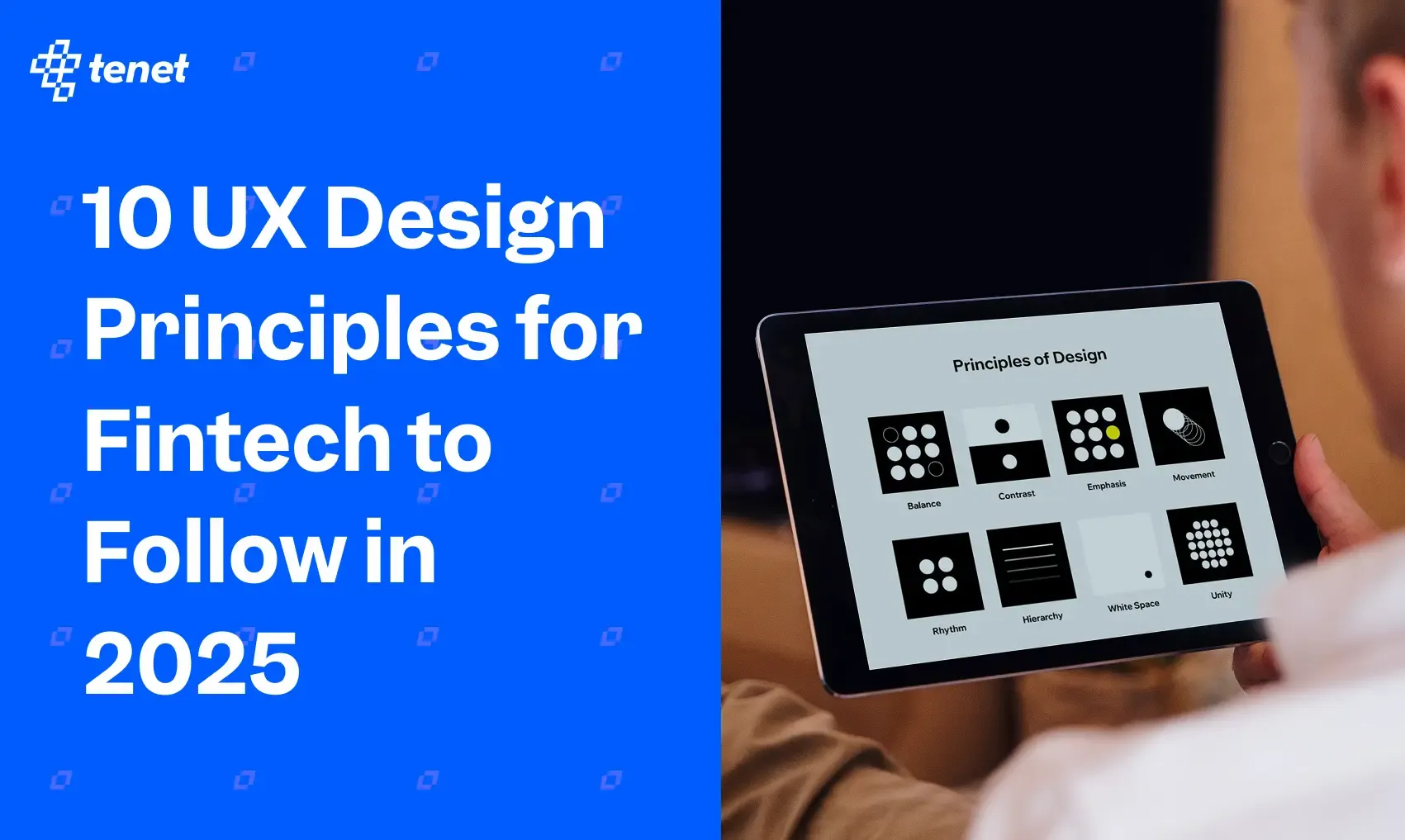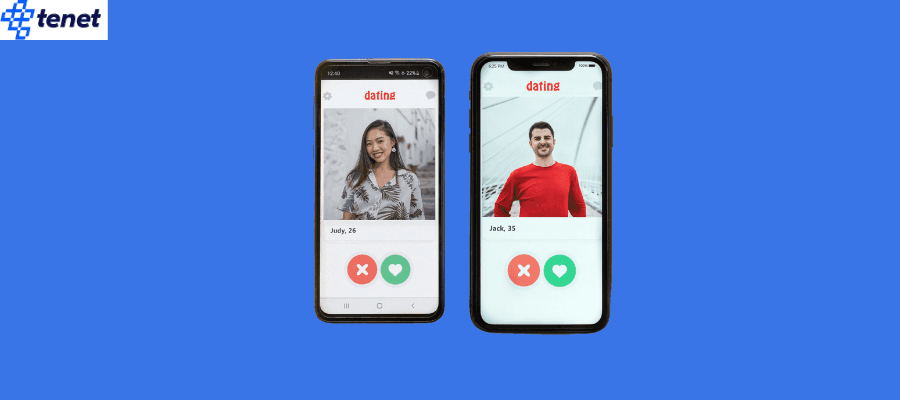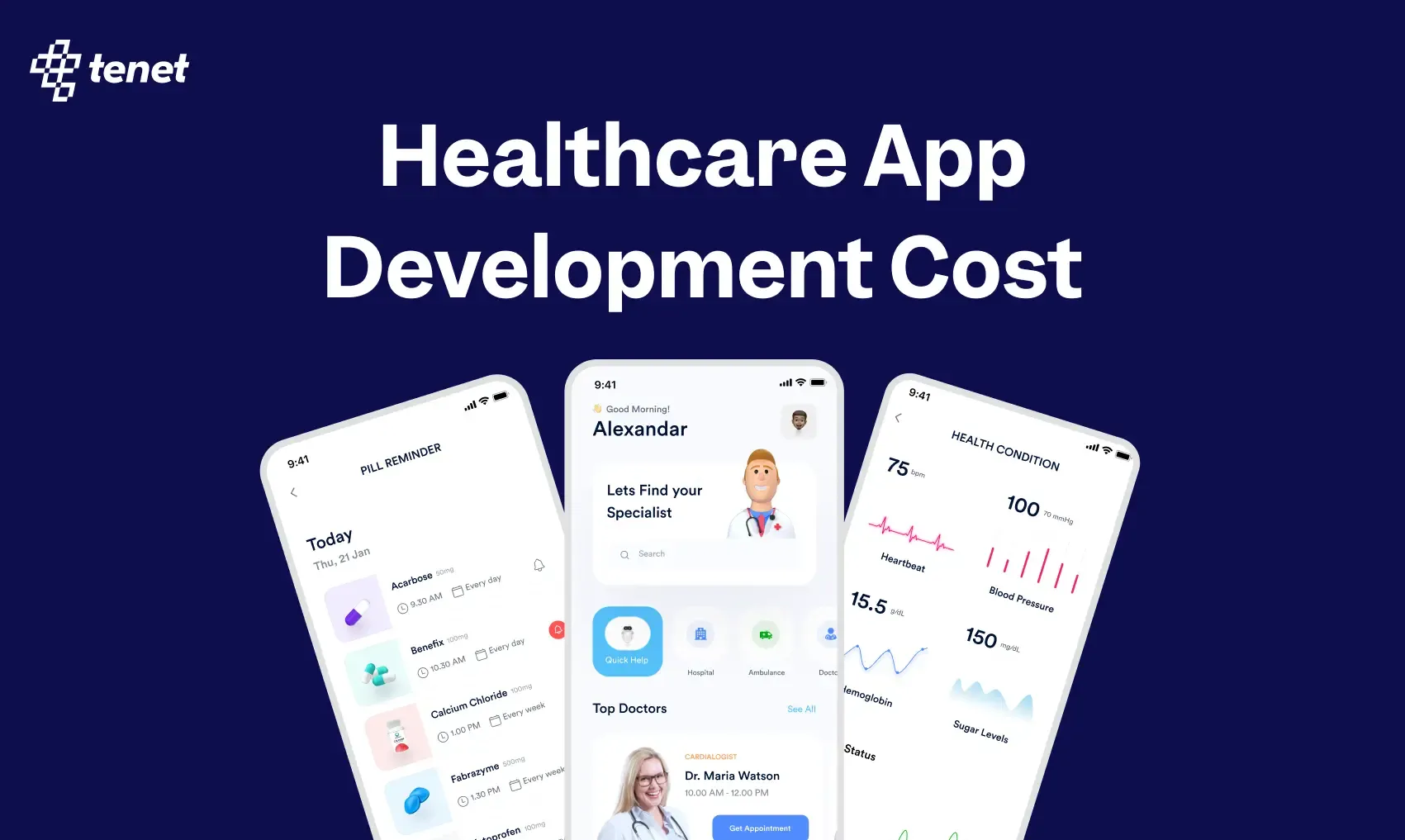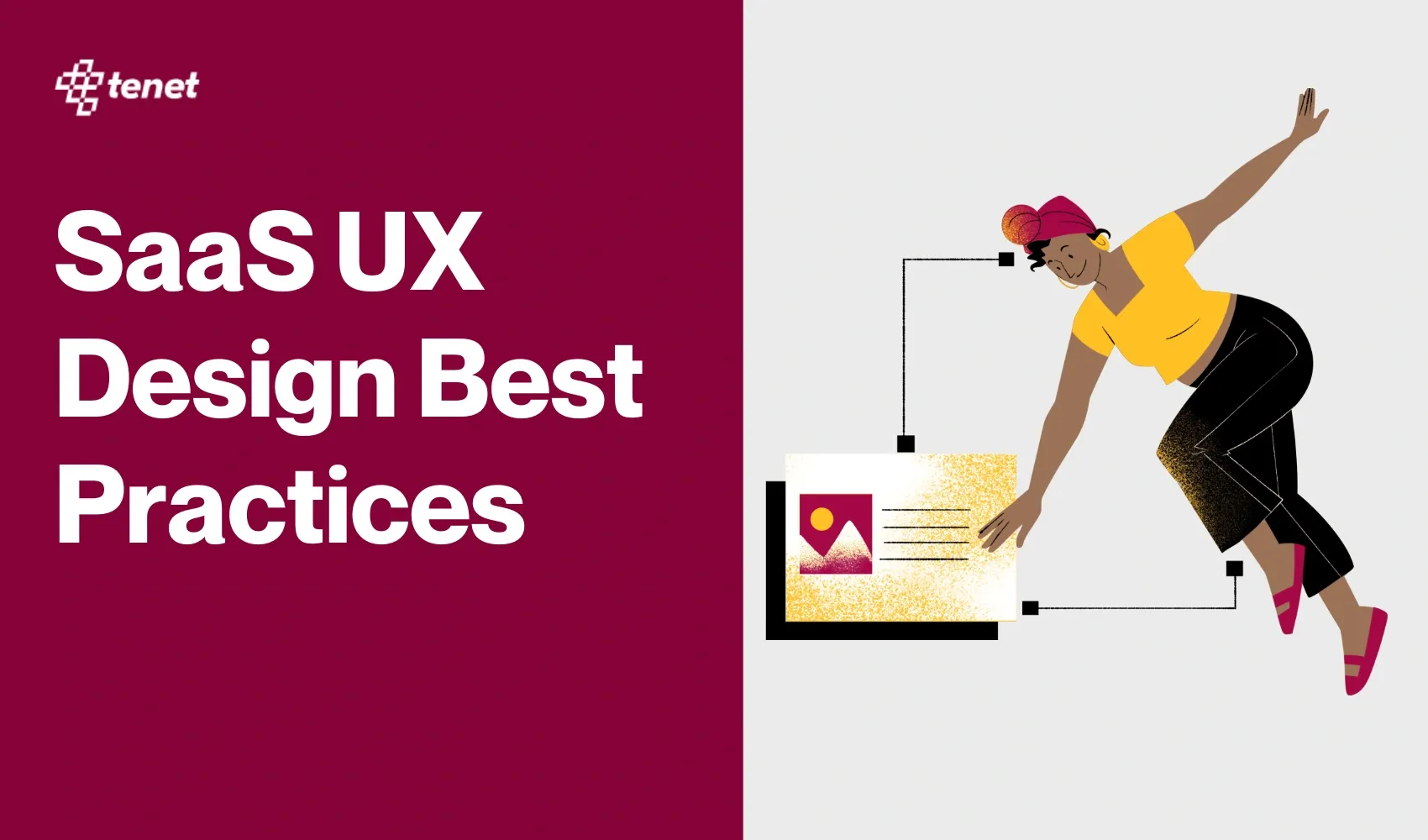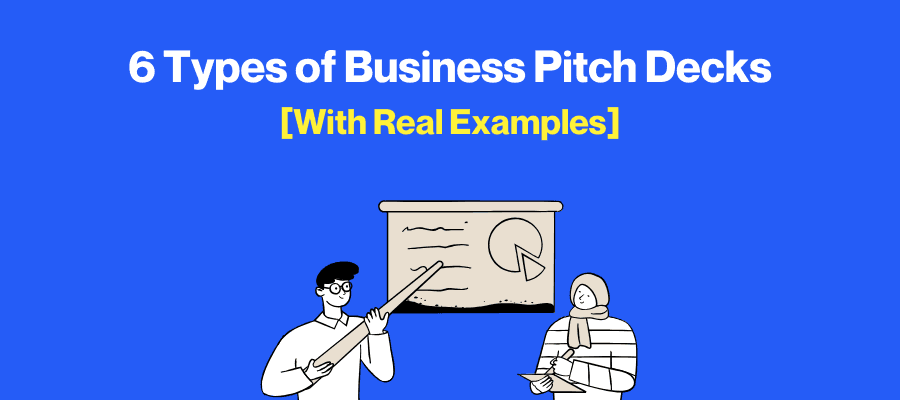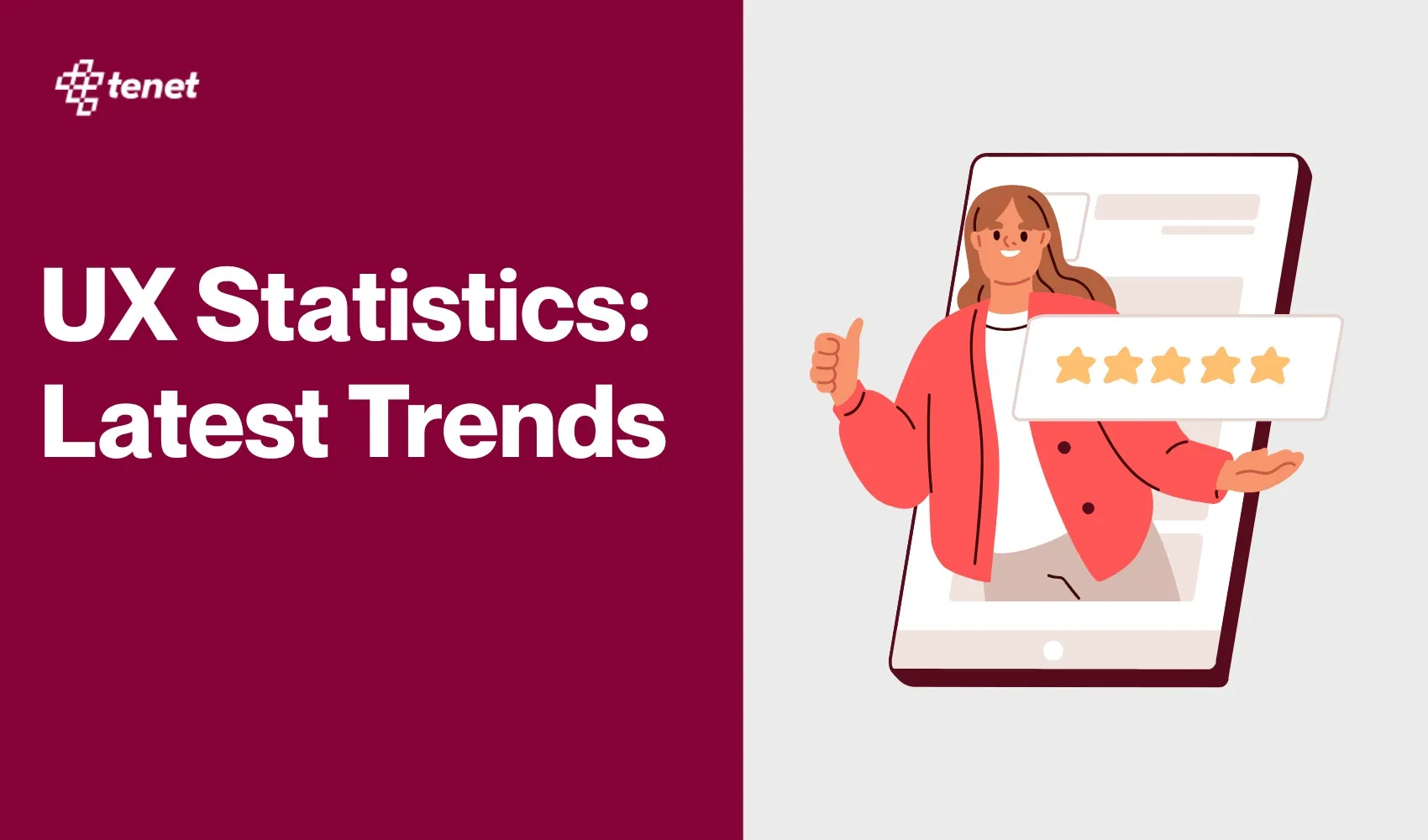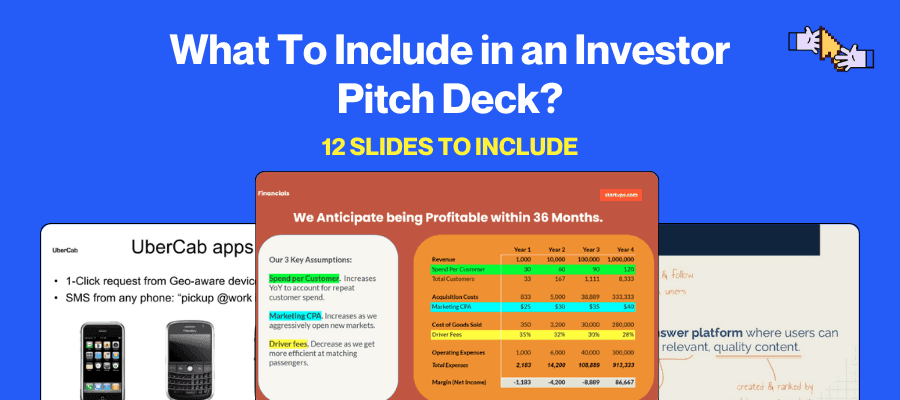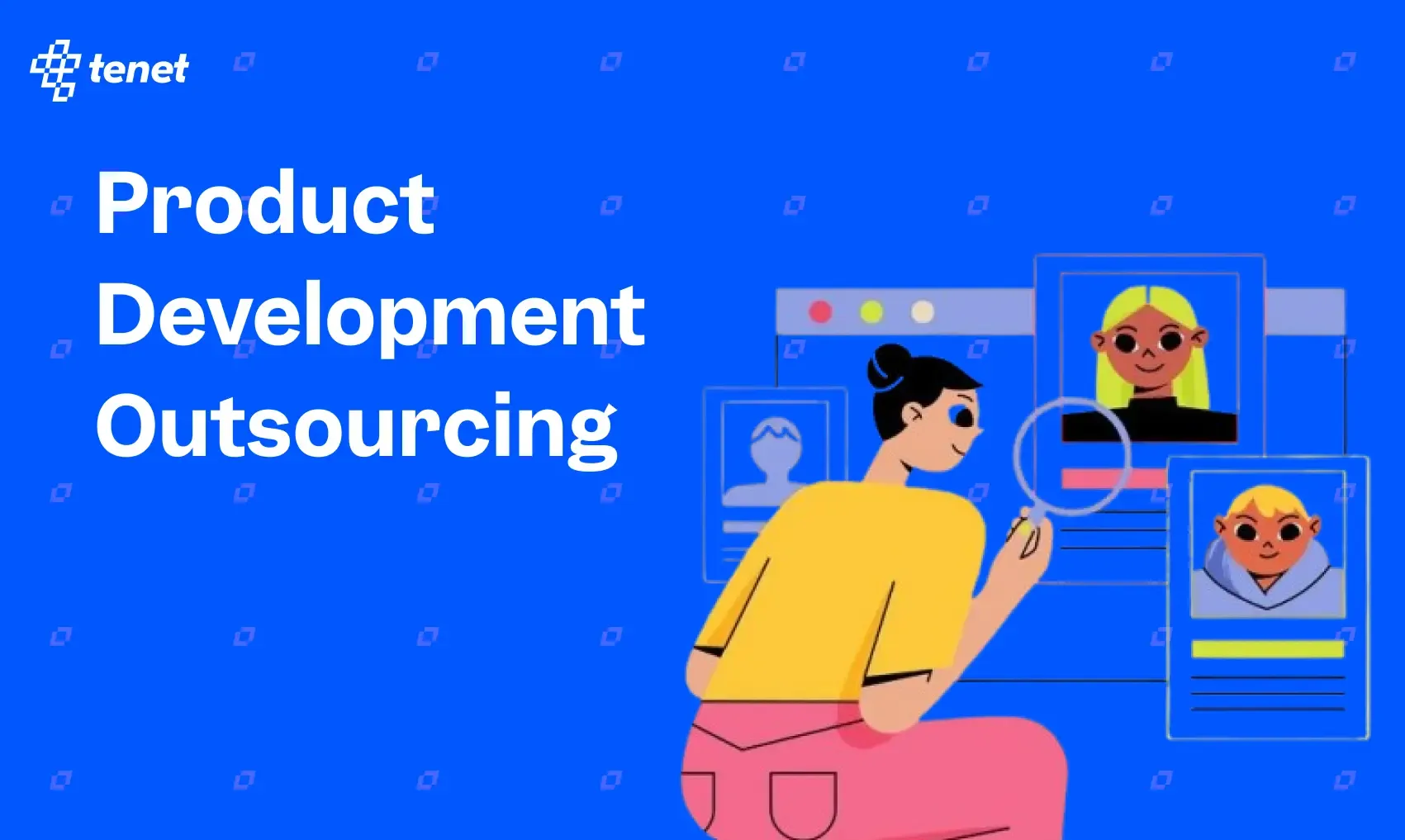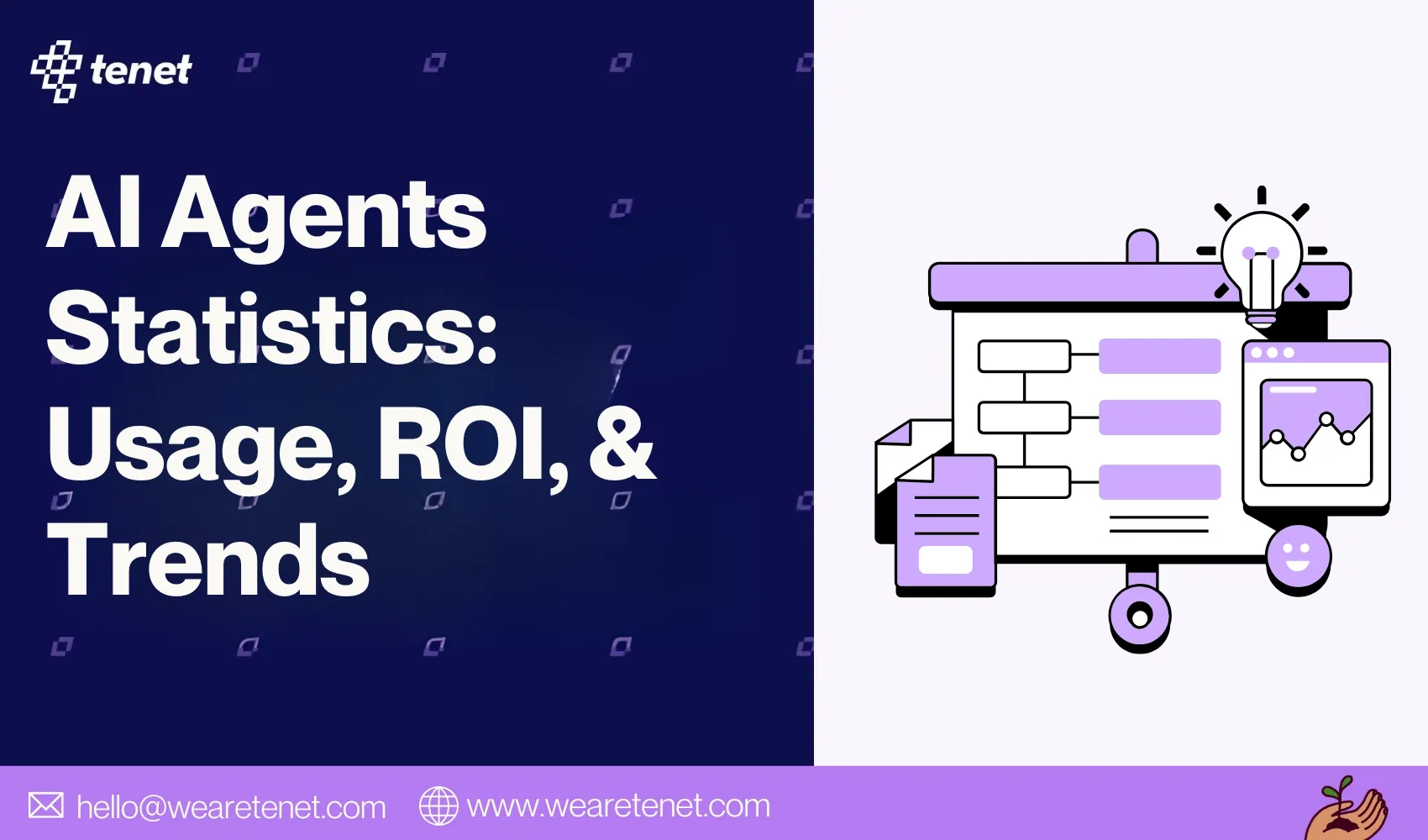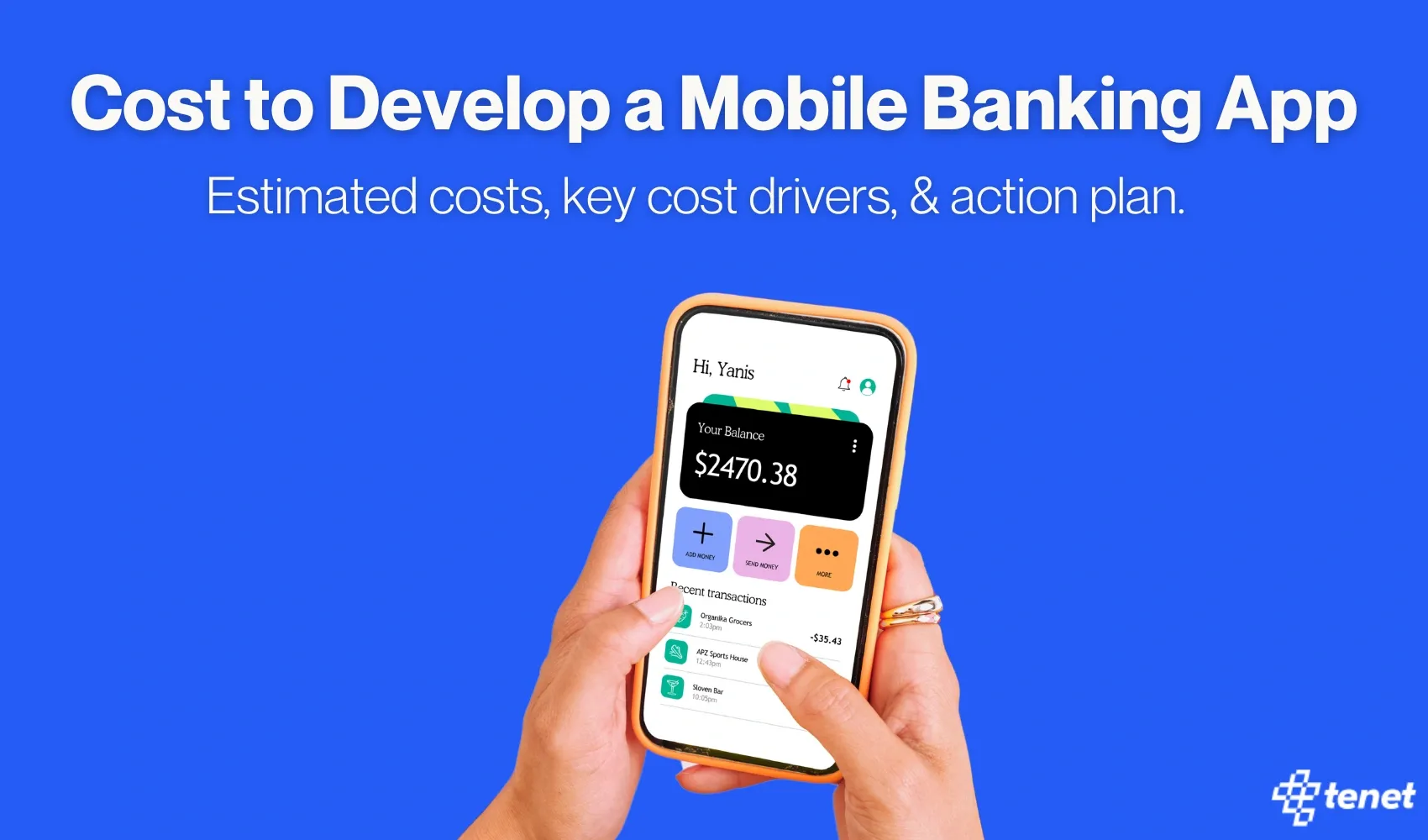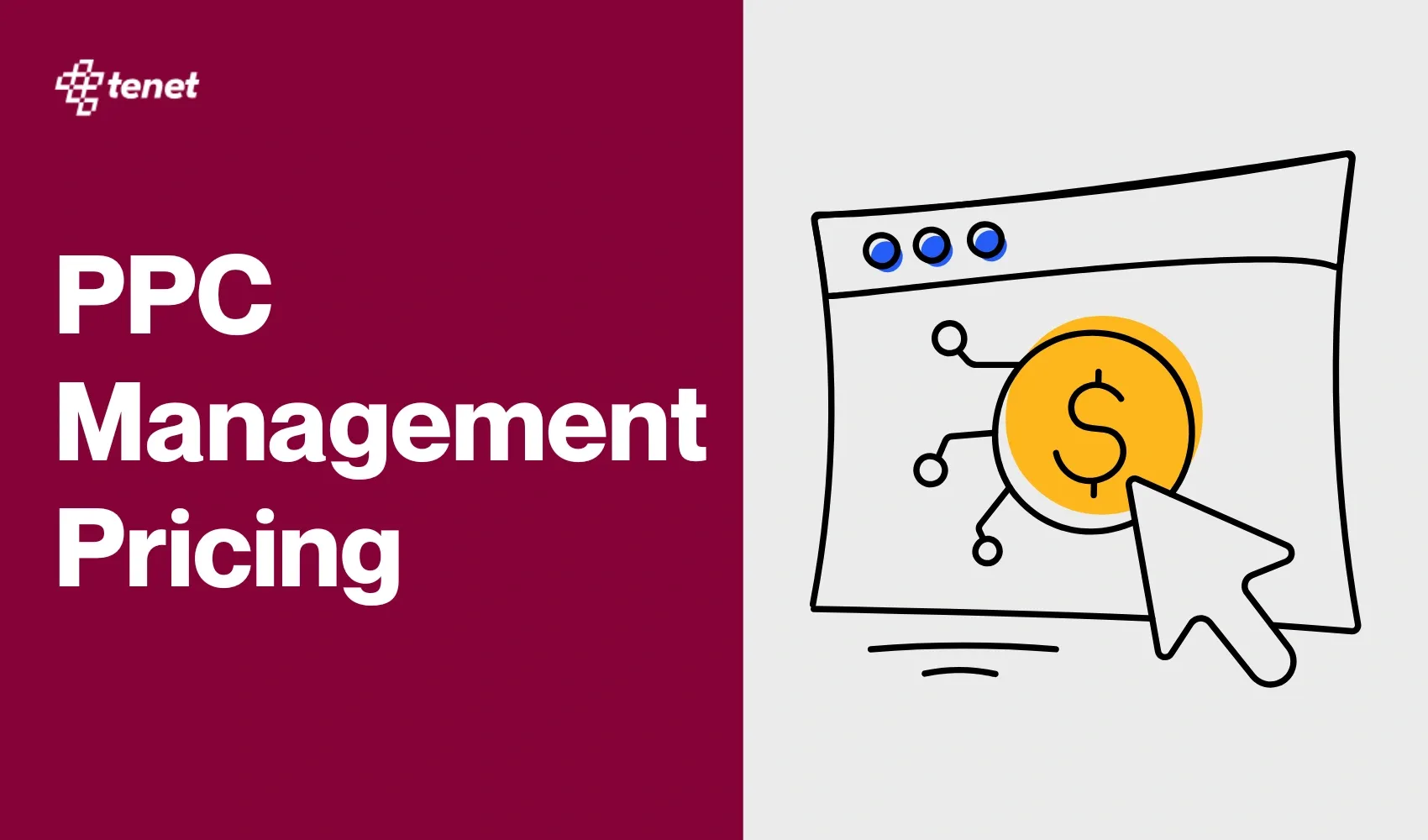How to Make an App Like TikTok (9 Actionable Steps)
Share
Share
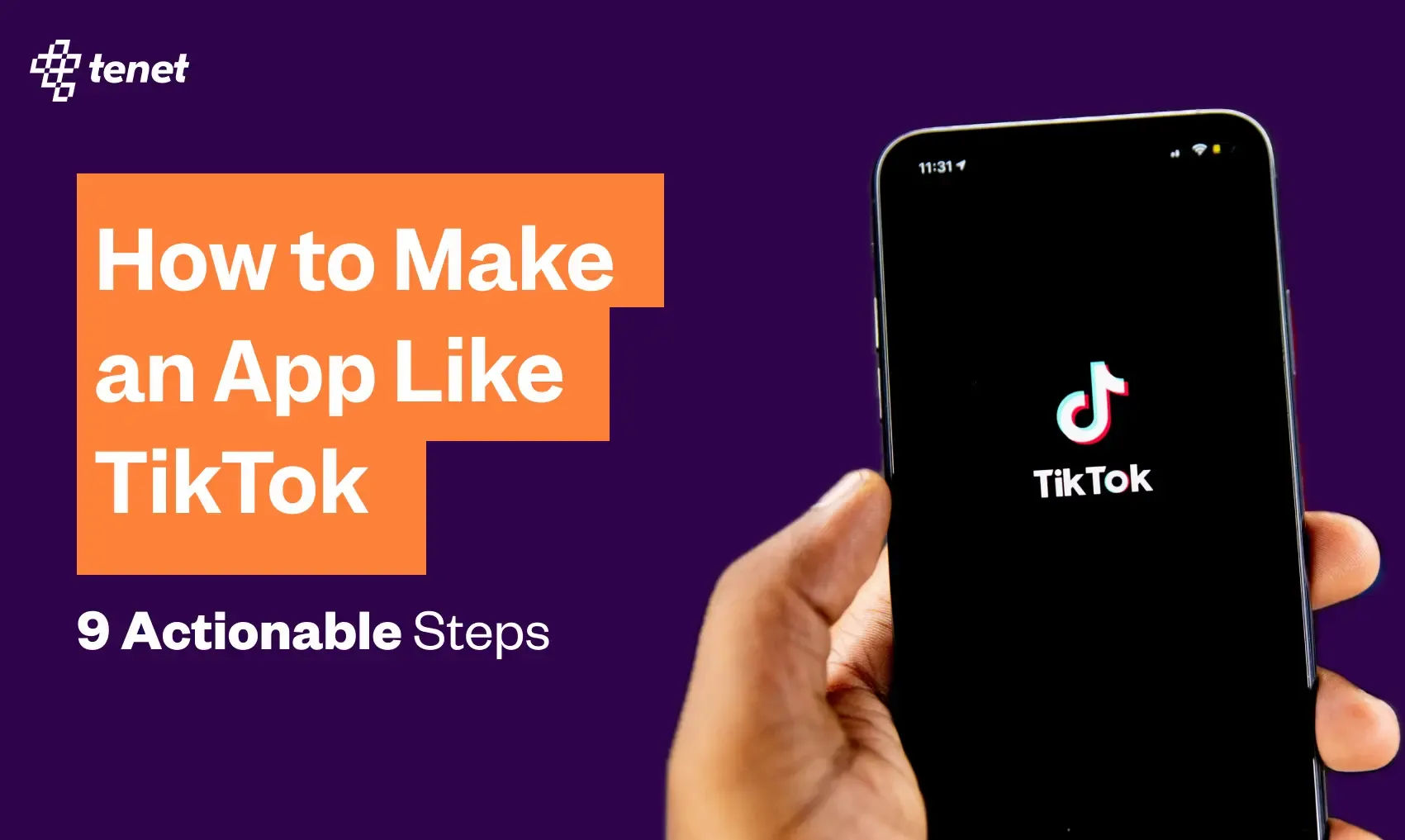
In this guide, you will learn how to make an app like TikTok by setting up a scalable backend, selecting the right tech stack, implementing video processing, AI-driven recommendations, real-time streaming, and optimizing performance with CDN integration.
This includes frontend frameworks, backend development, database management, and monetization strategies.
Actionable Steps to develop an app like TikTok
Step 1: Market Researchs
Before you start building your TikTok-like app, you need to determine what particular problem you wish to solve in this space.
You need to make sure that the problem you are solving is big enough to support your business goals.
To discover the ‘problem’, you need to do market research and gather information on what pain points people are facing.
Once you have figured that out, pick a ‘pain point’ that aligns with your business goals.
To conduct market research, do the following:
1. In-person Interviews
In-person interviews are essential for understanding your target audience as they dig deep into people’s views, motivations, and feelings.
These interviews give you a chance to judge how strongly people feel about a particular problem in this space. If they feel deeply about an issue, it will show on their face and in their voice.
- You just need to be observant and ask the right questions.
- You should have a clear reason behind each question you ask.
Make sure the questions you ask are open-ended, and the people you select do not have any incentive (or reason) to lie.
Here are some examples of the questions you can ask in an interview for your TikTok-like app:
- How happy are you with the content on TikTok, Instagram Reels, and YouTube Shorts?
- What problems do you face while using these apps?
- What features do you like the most?
- Would you use an app where you can share solutions to real-world problems?
2. Online Surveys
With the ability to conduct easy and scalable online surveys these days, there’s no reason not to do them.
Through these online surveys, you can find the answer to questions such as: ‘what problem people are facing, who exactly is facing it, and how many of them are facing it”.
You would get the following data at scale:
- Demographic data such as age or income.
- Behavioral data about consumers’ preferences, opinions, likes/dislikes and satisfaction with a product.
If you already have an email list, or social media following, distributing surveys becomes easy.
While distributing surveys, make sure that you either distribute them to people who qualify as your potential users or add survey questions to qualify or categorise them as such.
Also, make sure you have a representative sample to draw conclusions from. You can get an idea of the sample size you need by using this sample size calculator.
To conduct surveys, you can use tools such as Typeform.
Below is a screenshot from Typeform, displaying different kinds of questions you can put in your Typeform online survey.
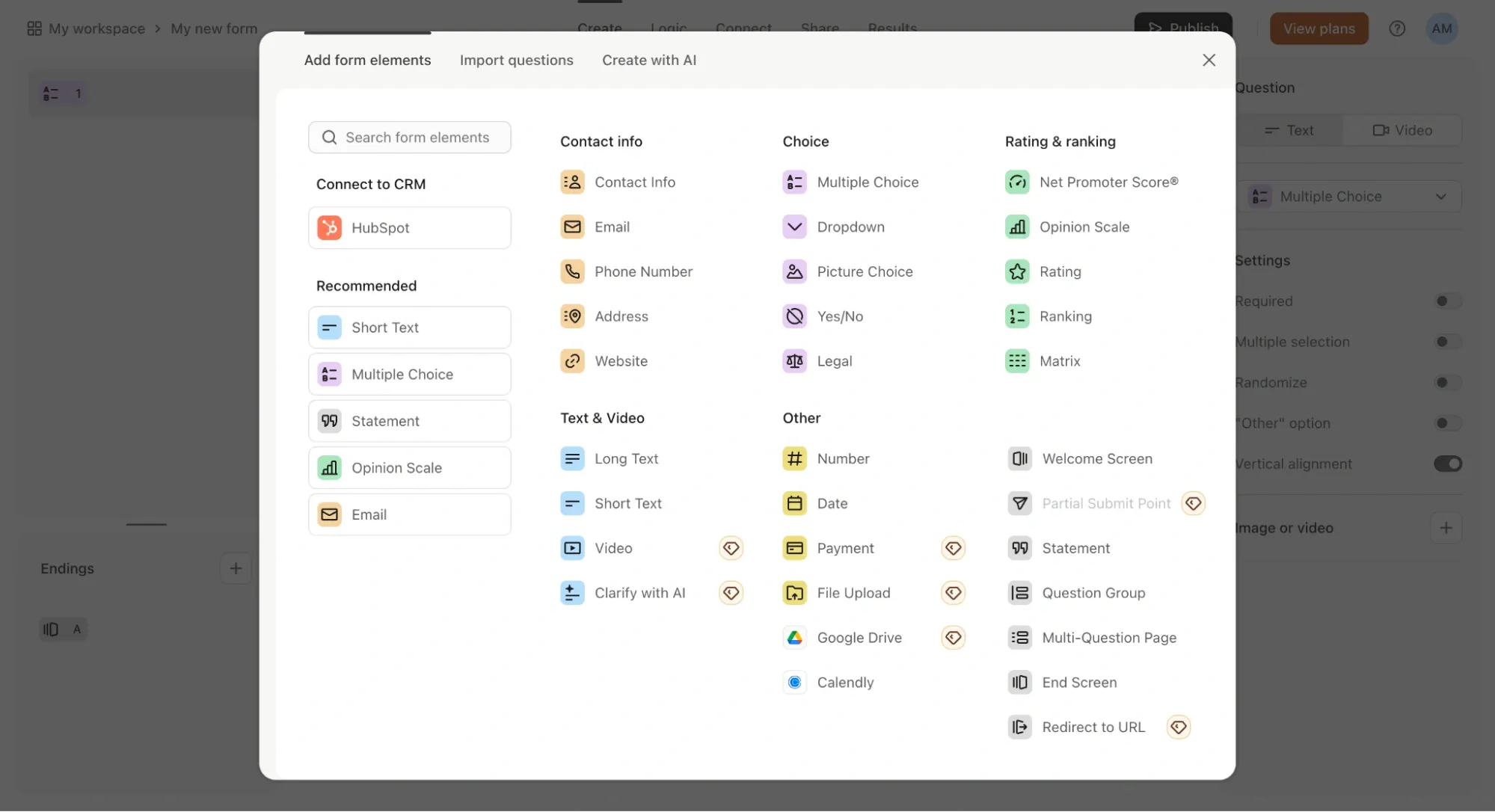
If you have the budget, you might consider hiring an agency to run a survey for you or purchasing consumer reports from firms like Forrester. Otherwise, spend some time googling market research reports—there are some great pieces available for free.
3. Competitor Analysis
To do the competitor analysis, create a list of competitors, with the help of ChatGPT or other such research tools.
Here are some examples of the existing competitors in short-form video content space (in which TikTok operates): YouTube Reels, Instagram Reels and TikTok, of course.
Once the list is ready, understand what each platform has to offer. Create an account on each platform and try out every feature.
Get familiar with their targeting and positioning.
Figure out what each competitor is lagging in and what opportunities they have but are not tapping into.
Also, collect and analyze what people have to say about these platforms on social media, forums, Slack channels, Play Store and Apple App Store.
Below are the screenshots of user reviews of instagram on android play store.
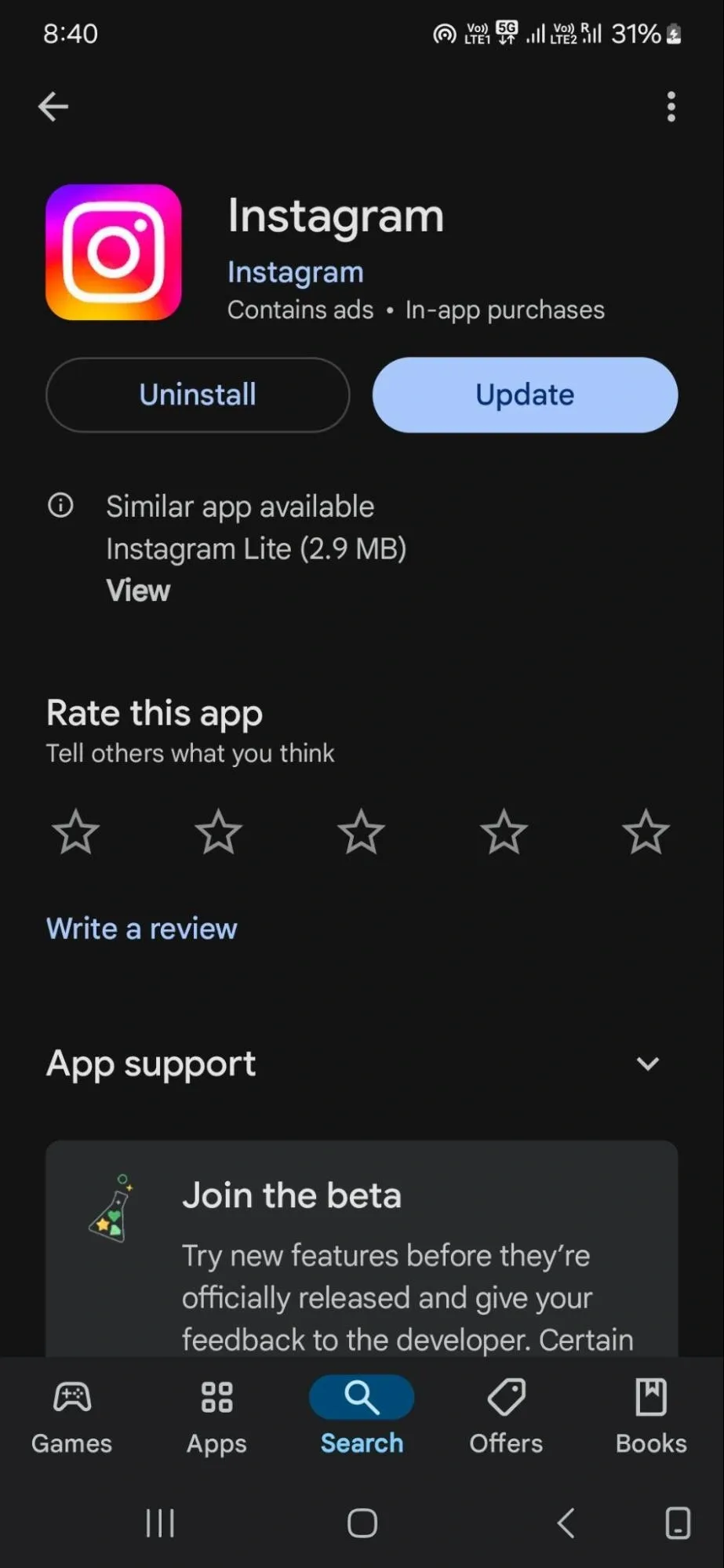

Create a waitlist
You can create a waitlist to gauge the interest of your target audience in your offering, based on how many people subscribe.
This also lets you build an initial user base.
You can use tools such as ConvertFlow to create landing pages.
Below is a screenshot of a waitlist landin page created using ConvertFlow.
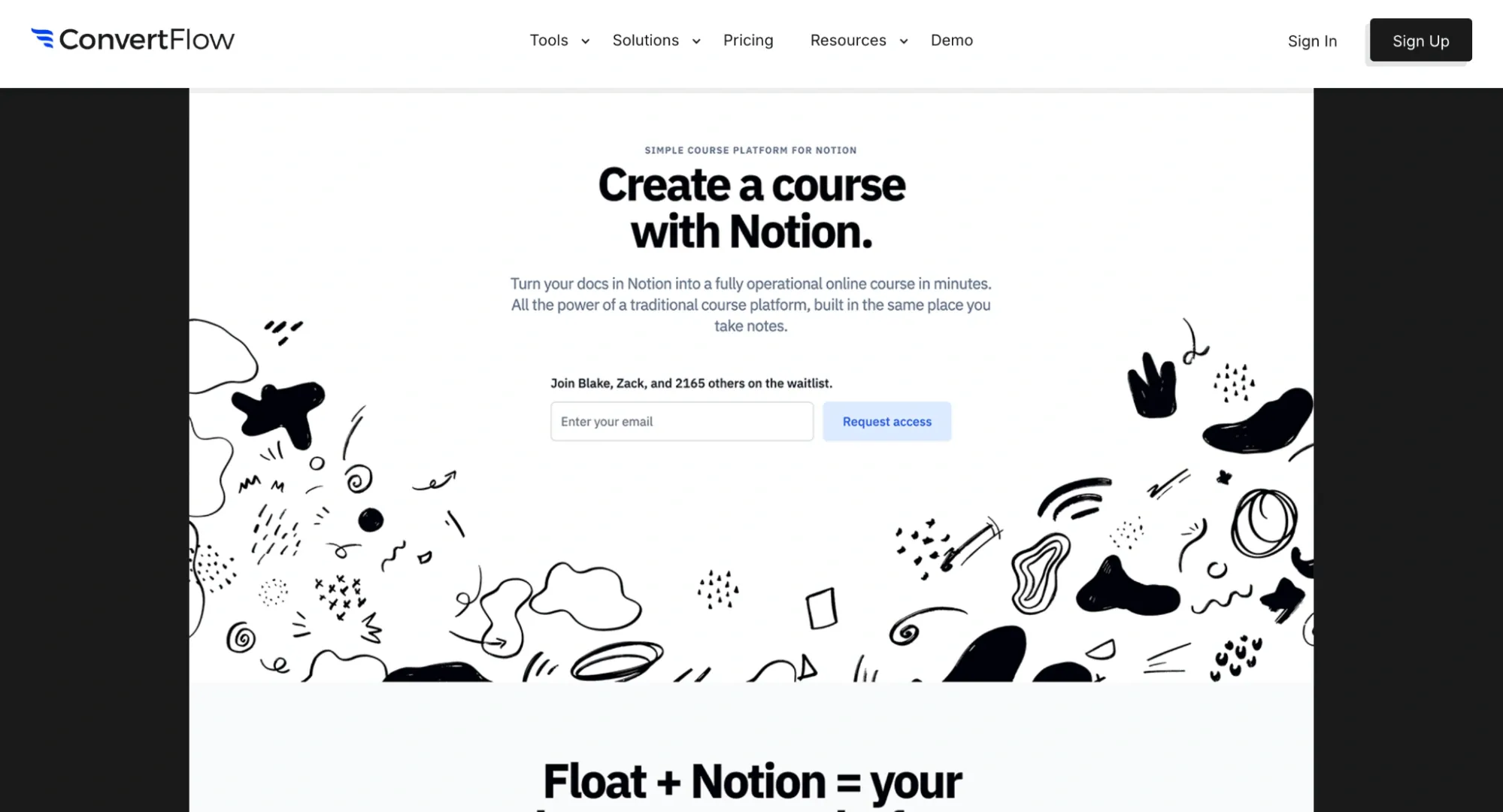
Once you have gathered all the market data through your research, analyze it to figure out what problems people are facing, who (‘personna’) is facing it and how many of them are facing it.
Then pick the problem, solving which would help you fulfill your business goal.
Step 2: Figure out a monetization strategy
Once you have come up with a ‘problem’ to solve, you also need to figure out ways to make money while solving it. This is crucial for building a sustainable and profitable business.
You need to figure out a monetization strategy for your business from the start.
A monetization strategy would also help in giving a clear direction to the app development team, on which features to prioritize.
To figure out the right monetization strategy, assess the ones already existing in the market, and figure out which is relevant for your app and business goals.
Here are some of the monetization opportunities offered by the short-form video social media app:
1. In-app purchases (Virtual Coins)
In TikTok, users can make in-app purchases of virtual coins with real money. Then, these coins can be used to buy gifts for creators during their live streams. A share of these coins goes to TikTok. You can use a similar strategy for your users.
2. Advertising
Brands can run short video ads on such social media platforms that appear in the user’s feed, seamlessly blending with organic content. For such ads, the platforms charge on the basis of Cost Per Click, Cost Per Mille or Cost Per Action basis.
3. E-commerce
TikTok has an e-commerce section that lets users shop directly within the app, creating a smooth and convenient buying experience. Users can explore a wide variety of products showcased in videos, click on product links, and complete purchases without leaving TikTok.
Apart from the above, as you start working on your app, you might need to raise money for its development.
You can do that by finding investors who believe in your idea. Moreover, you can collect donations from businesses and HNIs.
Step 3: Create a roadmap
In this step, you create a feature roadmap for your TikTok like app. For that, firstly, prepare a comprehensive list of features that you would want to have in your TikTok-like social media app.
We have put down some features that an app like TikTok would have in the section ‘Important features to include in a TikTok.’
Once you have the list ready, for the initial version of your app (the MVP), select only those features for development that would be essential for people to experience your core offering. The remaining features would be added in the later versions of the app.
If you wish to understand the process of creating an MVP for a TikTok-like app, in detail, read ‘Create an MVP for an app like TikTok’, below.
Now, for a TikTok-like social media app, there would be a lot of features that would not go out in the MVP version but would be added in the later versions, to enhance user experience and support business goals.
Systematically prioritize these features based on ‘impact on the goal’ and ‘feasibility to implement’.
After prioritizing features, create a roadmap with PRD, design, development, and testing deadlines, based on estimated man-hours from team heads.
Step 4: Choose a Platform for the app
For an app like TikTok, in the beginning, you should pick one platform, either iOS or Android, for which you wish to develop the app.
Even the initial versions of the TikTok-like app would have a significant number of features. So focusing on one platform instead of two would ensure that you develop high-quality user experience for that one platform and would also help you cut down your costs.
This strategy allows you to validate your business idea, collect valuable feedback, and fine-tune your app before investing in the additional resources needed for multi-platform support.
Once you have validated your idea on one platform, based on the user feedback, if you think expanding to the other platform would support your business goals, go ahead and build the app for the other platform as well
To decide which platform to start with, determine which platform is the most popular among your target audience in the geographic area you're focusing on.
👉 Find our mobile app development services:
- Trusted Android App Development Company (UK, US, Dubai, India)
- iOS App Development Services (India, UK, US, Dubai)
Step 5. Hire Designers, Product Managers, Developers and QA
Once you have finalized the roadmap, you need to get the execution started.
For that, you need to hire Product Managers, UI/UX Designers, Software Developers and QAs.
Before you start hiring, first estimate the number of people you would require in each role, based on the timelines for developing the features.
Prefer candidates with experience in building social media apps.
In addition, before starting to hire software developers, finalize the Tech Stack for your app. You would need the software developers experienced in that particular Tech Stack. For an app like TikTok, the tech stack you would need is described in the section ‘Tech stack to build an app like TikTok/ How does TikTok platform work?’, below.
Also, do not forget to check out the section: ‘How to find app developers to make your app like TikTok’, to understand how you can hire high-quality, budget-friendly, software developers to build your app.
Explore this article to learn how to recruit exceptional UI/UX designers for your app.
Read this guide for insights on hiring your startup’s first product manager.
Discover insights for recruiting top-quality QA professionals in this article
Step 6: PRDs and UI/UX Design
PRD is a document created by product managers, where they specify every detail about a feature, including all workflows, validations and fields associated with the feature.
Here’s a sample SaaS PRD template:
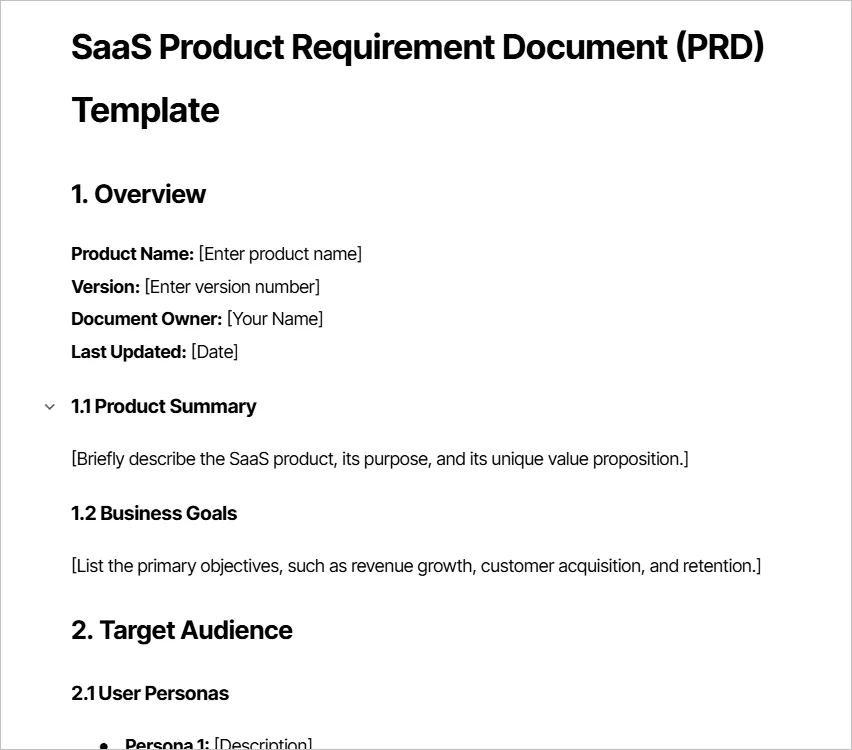
Your TikTok-like social media app would have complicated features such as video feed, create/update video, content search etc.
So, it’s crucial that the PRDs discuss every detail about the feature with utmost clarity and have answers to all the questions that the developers might have about the respective feature.
For designing the UI/UX of a feature, designers also refer to PRDs and collaborate with product managers to develop detailed feature prototypes.
In fact, designers need to make sure that the design of the app is visually appealing and navigation across the app is seamless and intuitive.
Once both, the PRDs and UI/UX designs are ready, the software developers start with the development referring to the PRDs and designs.
Tools:
Below are the screenshots of a notion PRD template. You can get the template from here
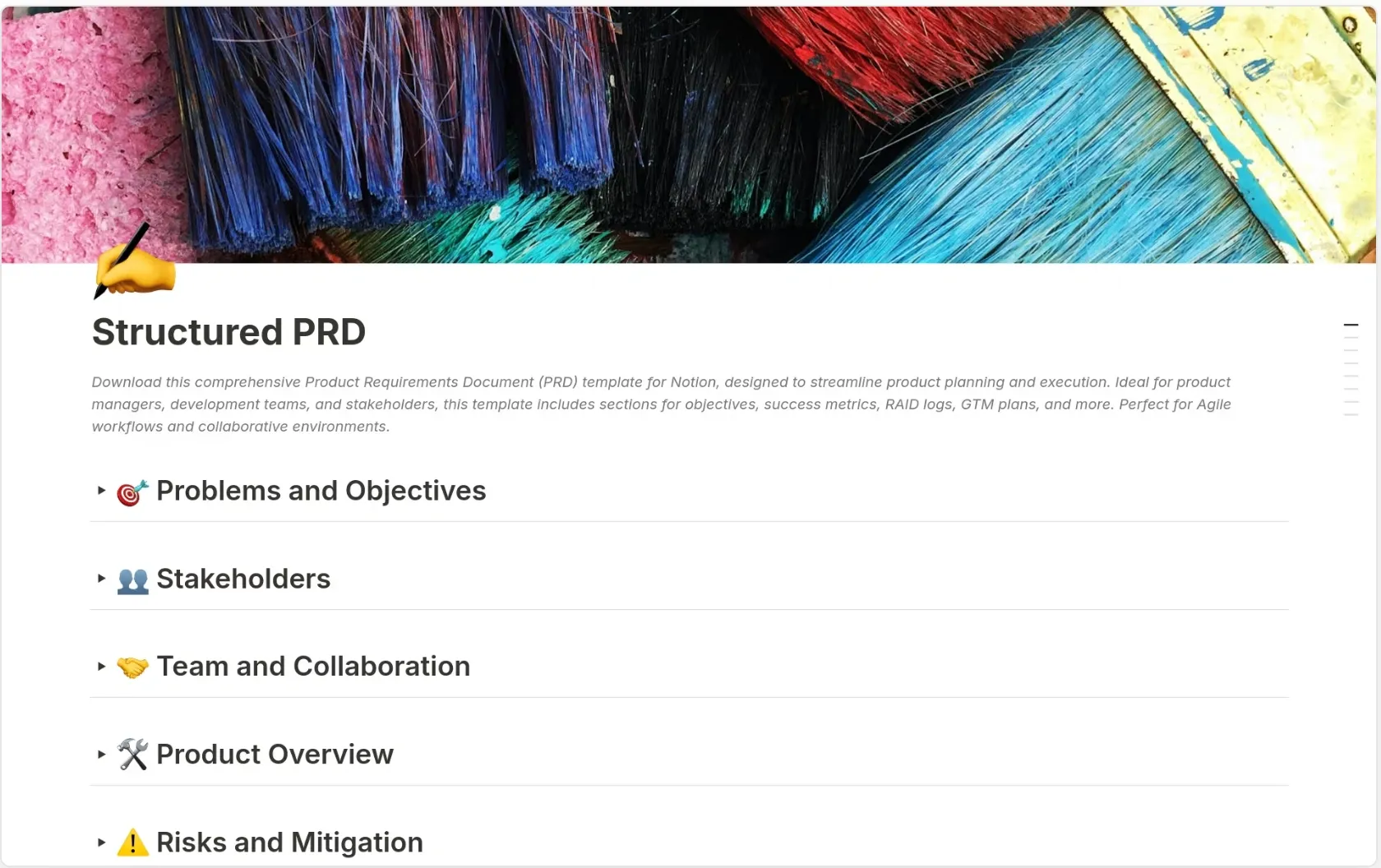
Step 7: App Development
Once the PRDs and designs are ready, product managers explain everything to the developers, and then development starts.
Backend engineers build the app’s main systems. They choose the right databases, create APIs, and connect services like music libraries and analytics. They make sure the app can handle user profiles, video details, and real-time interactions.
Front-end engineers design the app’s look and feel. They create buttons, menus, and animations to make everything easy to use. They also connect the app to the backend so users can see videos, profiles, and notifications.
Infrastructure developers set up cloud servers to keep the app running smoothly, even with millions of users. They improve security, reduce costs, and make sure videos load quickly.
Once a feature is ready, the QA team tests everything to make sure it works correctly.
Step 8: Deployment and Listing on App Store
After QA and the product team approve the features, they are added to the live version of your social media app.
Before doing this, make sure the new features work with older versions of the app. This way, users who haven’t updated can still use their apps without problems.
Because a TikTok-like app has complex features, mistakes can happen during deployment. Have a backup plan in case something goes wrong. If needed, you can switch back to the previous version or turn off the new feature.
Use version control tools like Git or BitBucket to track changes and help your team work smoothly.
Each time you release a new version of the app, it must be listed on app stores like Google Play or the Apple App Store so users can download it.
To publish on Google Play, you need a Google Developer account, which costs $25 as a one-time fee. Then, upload your app file, add details like descriptions and screenshots, and submit it for review. Once approved, it goes live.
For the Apple App Store, you need an Apple Developer account, which costs $99 per year. Upload your app through Xcode, add the required details, and submit it for review. Once approved, users can download it.
Step 9. Maintenance and Support
No matter how carefully you build your app, users will face issues once it’s launched, especially in the beginning.
These issues might be real technical bugs or simply confusion about how to use the app. Either way, you need a way for users to report problems.
Set up easy-to-use support channels like WhatsApp, Slack, email, or a phone helpline, depending on what works best for your users. When users report issues, fix them quickly and give them a clear timeline for when to expect a solution.
Keep users informed about new features through app store release notes, emails, or in-app notifications. This helps build trust.
To keep improving your app, track user activity using tools like Mixpanel or Amplitude. Also, gather feedback through one-on-one interviews and online surveys to understand what users struggle with.
Use this data to make smart updates and add new features that improve the user experience.
👉 FURTHER READING:
- How to make an app like Airbnb (Important Steps)
- How to Create Your Dating App EASY Steps
- How to Make an App Like Uber?
TikTok app workflow: How does TikTok platform work?
Here’s a TikTok platform’s flowchart:
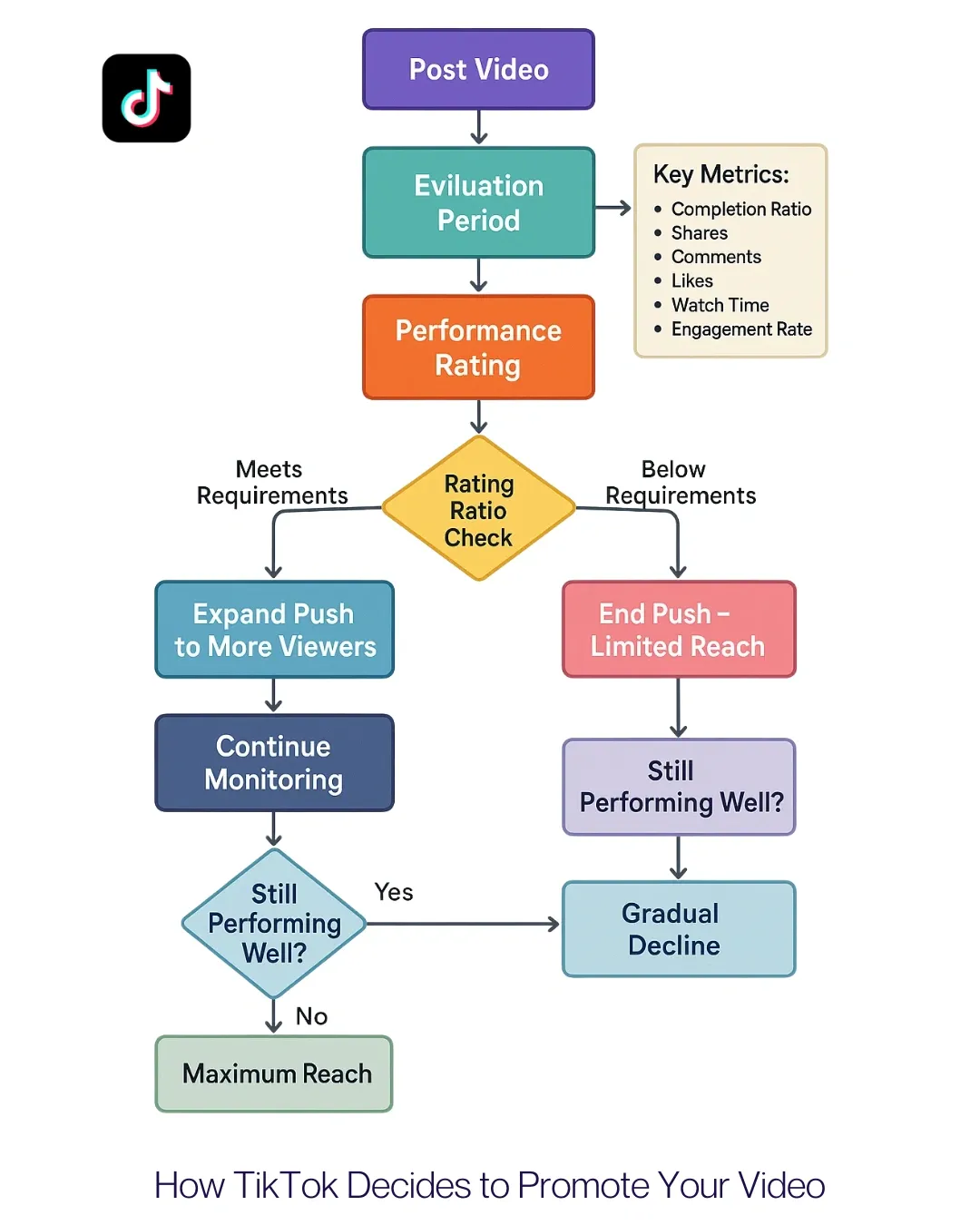
The TikTok flowchart visually represents the platform's workflow, from user registration to content creation, distribution, engagement, and monetization.
It highlights key processes like video posting, algorithm-based recommendations, user interactions, and revenue generation. The DOT file can be used with Graphviz to generate a graphical representation of this structure.
What are the important features to include in a TikTok-like App?
1. Account Registration (or Sign-Up)
Through this feature, users will be able to create their accounts in your app. The basic account registration flow requires users to provide their email IDs and set their account passwords.
Accounts allow apps to remember user preferences, settings, and behaviours, enabling them to provide users with a customized experience. For example, TikTok can personalize user feeds based on the settings and behaviours of the user in their user accounts.
Accounts also ensure that users can access their data or customized feeds across multiple devices seamlessly.
They provide a secure way to verify user identities, protecting both users and platform providers from fraud and unauthorized access.
In addition, accounts facilitate issue resolution since it makes it easier for the customer support team to identify the affected account and communicate with the affected users.
Below is the screenshot for TikTok sign up page:
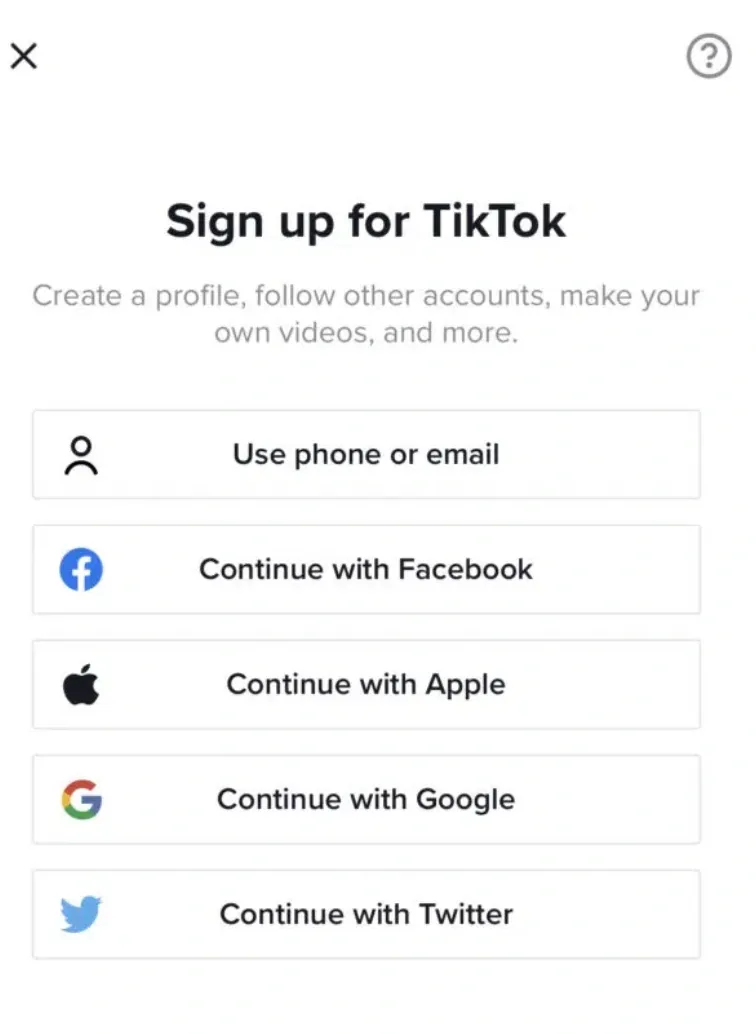
2. Login/Logout
If you have an account registration feature for users, you must have a Login/Logout feature as well.
Through this feature, users will be able to login to their account on any device of their choice, and then perform the required actions. Also, when needed, they should be able to log out of their account, hence there should be a Logout flow as well.
You can also provide advanced login options such as login via Google account and Social Media accounts.
In addition, make sure you provide a “Forgot Password” so that users are able to retrieve their login passwords in case they forget.
Below is the screenshot of the TikTok login page. TikTok provides multiple options to login such as email, phone, username etc.
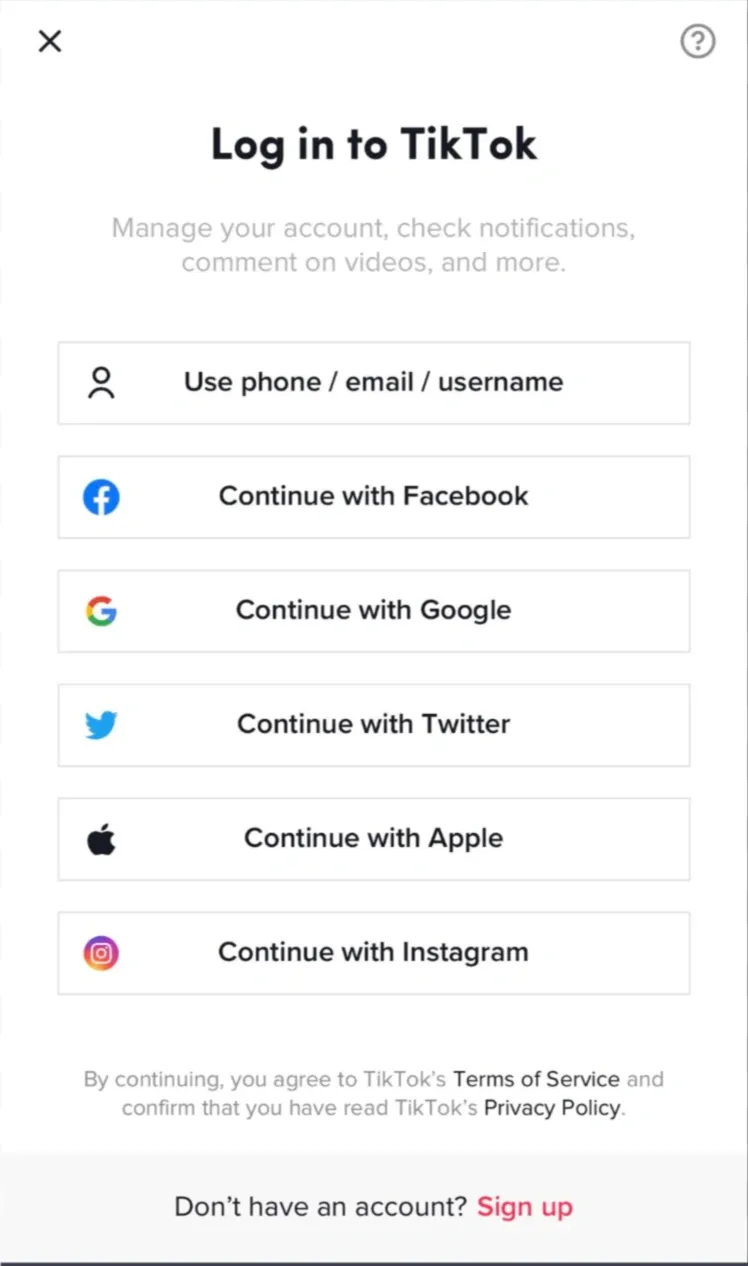
3. User Profile
After registering, users can create and personalize their profiles. They can add/edit personal information such as profile pictures, usernames, bios, and even change passwords. This helps users express themselves and establish their identity and presence within the app. Also, the information in the user profile can be used to personalize the feed of the user.
Through the user profile section, users can also manage their account privacy, notification preferences and other personal settings.
In addition, every user profile would have a content gallery where users can see all the videos posted by the respective user. This helps creators display their work, to gain more followers.
Below the screenshot of the profile page. (Source: https://www.makeuseof.com/how-to-reset-tiktok-for-you-page/)
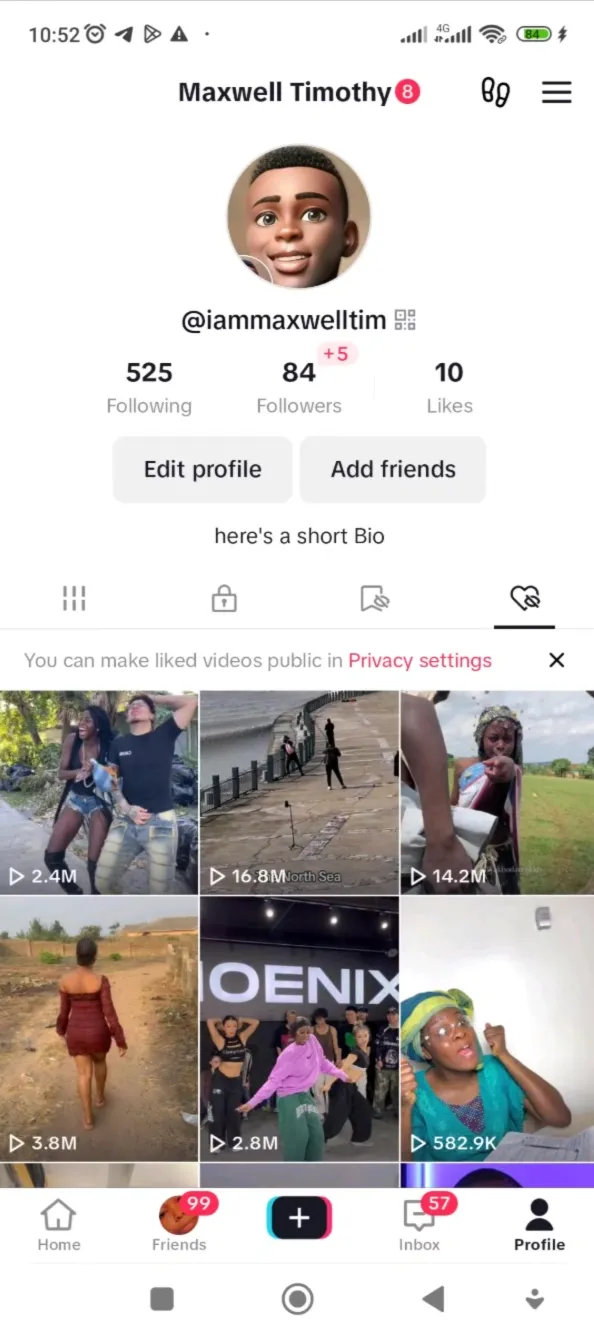
Below is the screenshot of the ‘Edit Profile’ page from where users can change their personal information to be displayed on the profile.
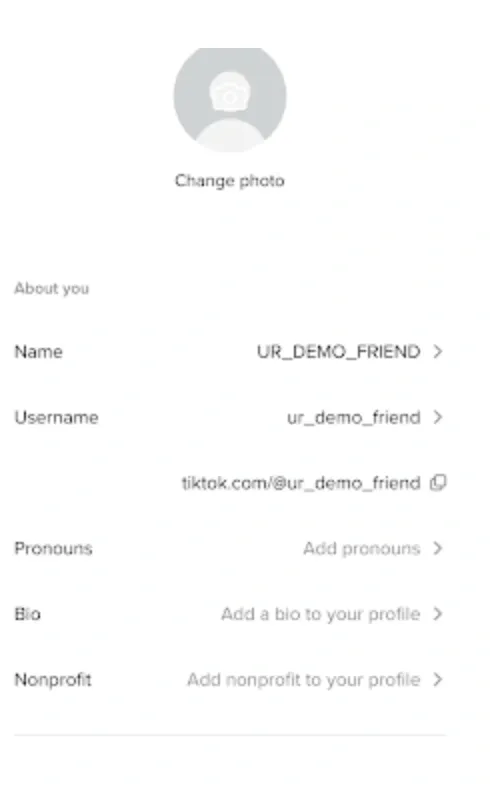
4. Video Upload/Editing
This feature allows users to record new videos or upload existing ones from their device, apply a variety of creative effects such as music integration, filters and visual enhancement effects, trimming and splitting videos, cropping and share their content within the TikTok community or externally on other social media platforms.
Creators can use this feature to share content and create a personal brand.
Casual users can use this feature to express themselves creatively in public.
Businesses can use it for marketing purposes.
Non-profit organizations can use this feature to run awareness campaigns.
Below is the screenshot of the page from where users post videos on TikTok.
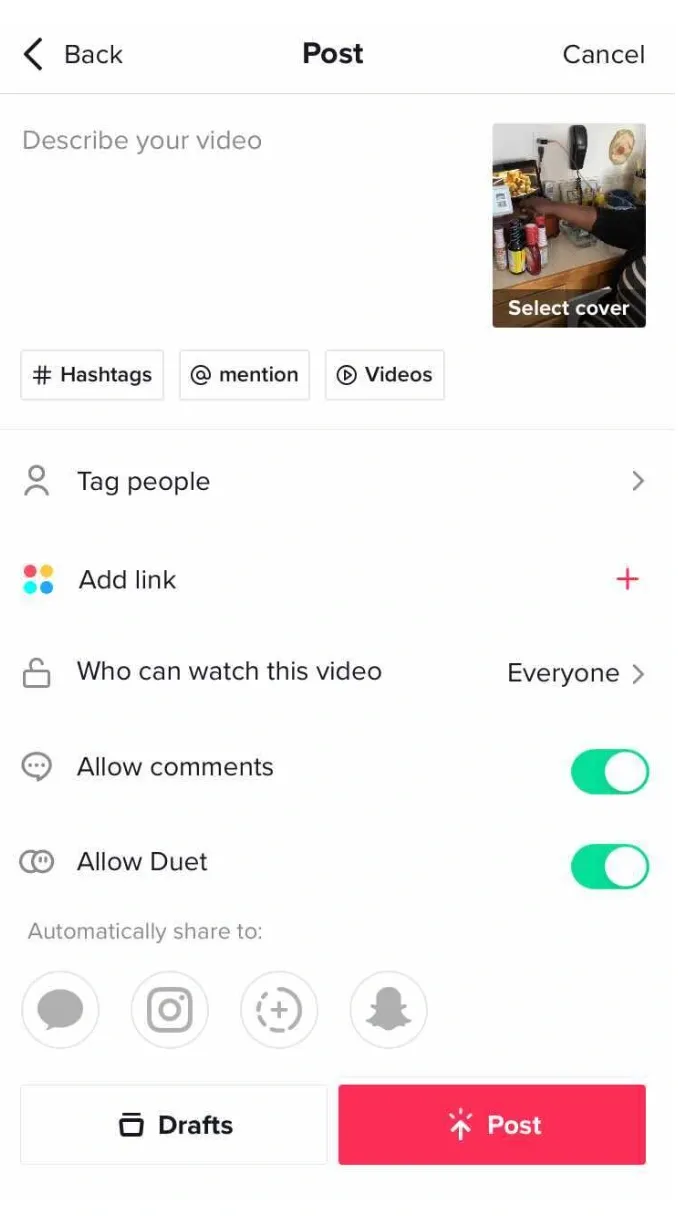
5. Likes and Commenting
The Likes and Commenting features are integral to TikTok's interactive ecosystem. These are the backbone of community building.
Likes are a fundamental way for users to express appreciation or approval for a video. Represented by a heart icon, likes serve as a quick and easy method for users to engage with content without leaving a comment. Users can instantly show their support for a video by liking it, encouraging creators to continue producing similar content.
Commenting allows users to leave textual feedback, opinions, questions, or reactions to a video. Comments can range from simple remarks to detailed discussions, facilitating deeper interaction between viewers and creators.
Users can leave detailed feedback, compliments, or encouragement, providing creators with valuable insights and motivation. Users can also use the comments feature for networking.
These micro-interactions on the platform pave a path for community building.
Below is the screenshot of the comment section in a TikTok video. Users can write a comment on the video in this section.
(Source: https://sproutsocial.com/insights/tiktok-comments/)
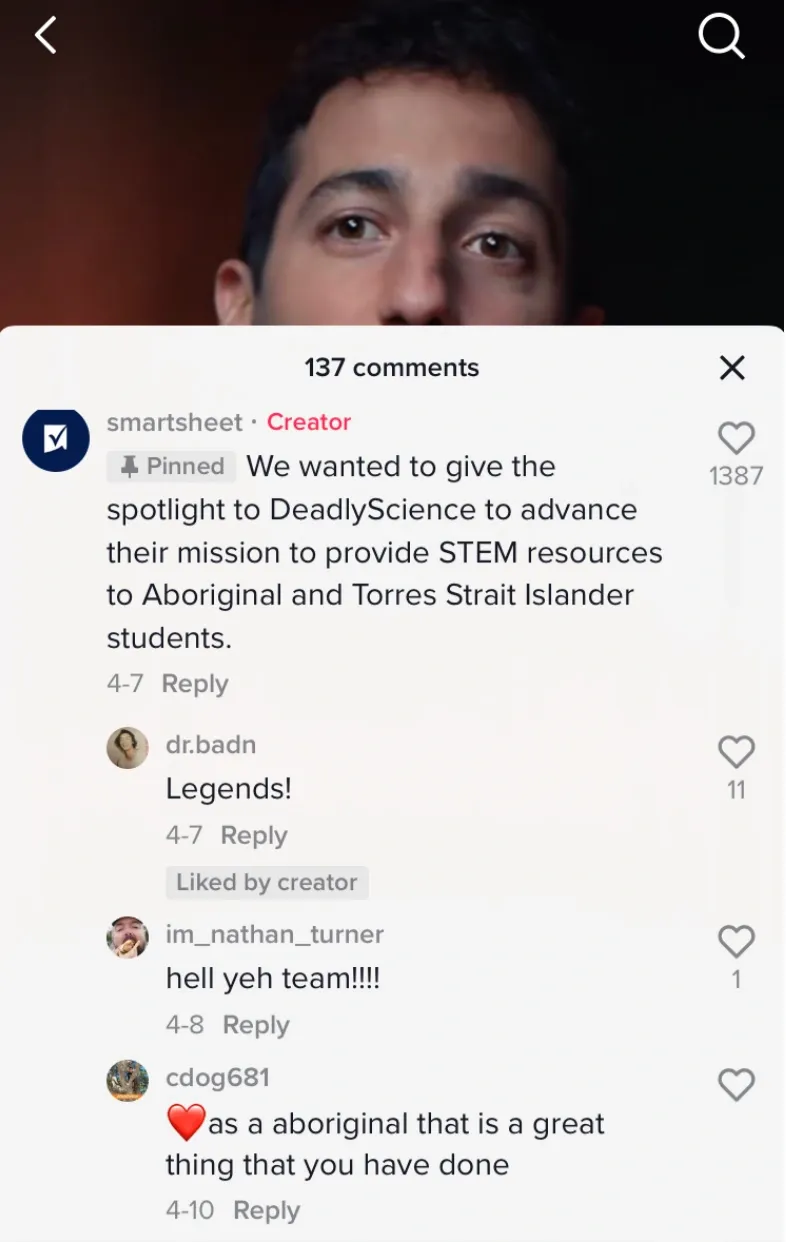
6. Sharing
This feature allows users to share TikTok videos both within TikTok and externally on other social media platforms such as Facebook and Instagram, messaging apps, or via direct links, facilitating broader reach and interaction.This allows creators to extend their reach beyond TikTok, which leads to the expansion of their community beyond TikTok and hence enables them to build an even larger business.
Below is the screenshot of the share feature on TikTok.
(Source: https://jumpshare.com/blog/how-to-share-a-tiktok-video/)
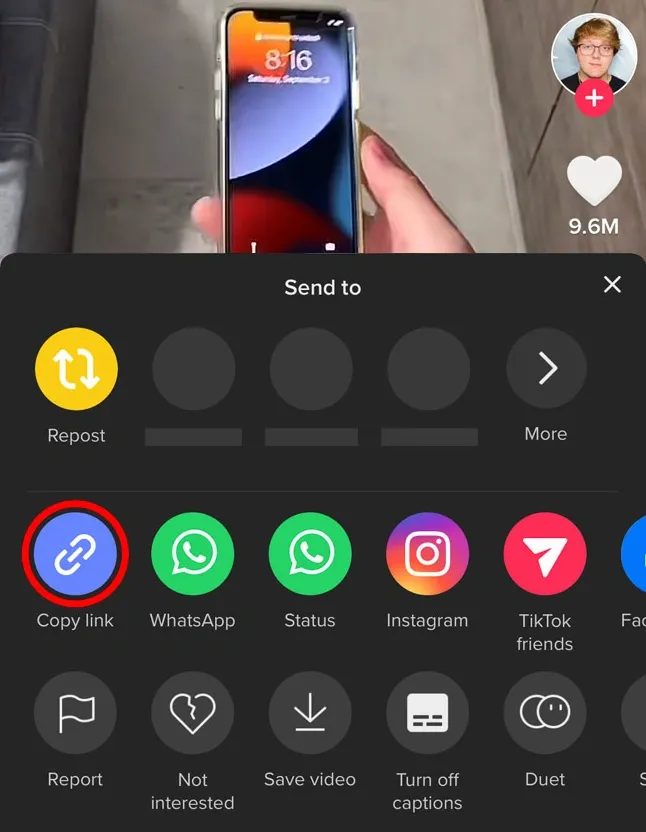
7. Notifications
The Notification feature on TikTok is a crucial component that keeps users informed about various activities related to their accounts, content, and the broader TikTok community.
It ensures that users stay informed about happenings on the platform such as how others are interacting with their content (Likes, Comments and Shares), new followers, trends, new creator videos, new DMs, login attempts and other such platform updates.
This helps creators be prompt in their community engagement.
It also helps users stay updated with the current trends in the world.
Login attempt notifications help users keep their accounts secure.
Below is the screenshot of the notifications (or inbox) section in TikTok.
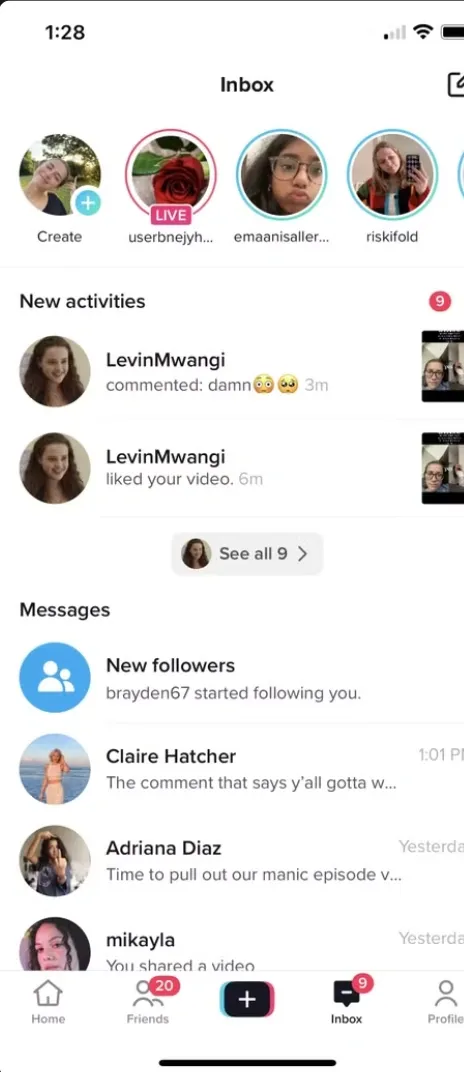
Search
This feature enables users to access the content of their choice quickly and efficiently. Users can search specific videos, new creators, and specific sounds, by searching by the respective keywords, phrases or hashtags.
Through this feature, users can discover new content by their preferred creator or in their preferred category, within seconds.
Below is the screenshot if the search page in TikTok.

8. Video Feed
The Video Feed on TikTok is a dynamic and continuously updating stream of short-form videos tailored to each user's preferences. This feed serves as the main browsing interface where users spend the majority of their time, scrolling through an array of content curated specifically for them.
Here are some use cases of the Video Feed:
1. Content creators can leverage the Video Feed to grow their audience and increase engagement.
2. Businesses and brands can utilize the Video Feed to promote products and services effectively.
3. Video Feed fosters a sense of community by facilitating social interactions on shared content.
4. Users can utilize the Video Feed for personal growth and skill enhancement.
5. Video Feed can also be a source of entertainment and relaxation through engaging and enjoyable content.
Below is the screenshot of a video in the video feed of TikTok.
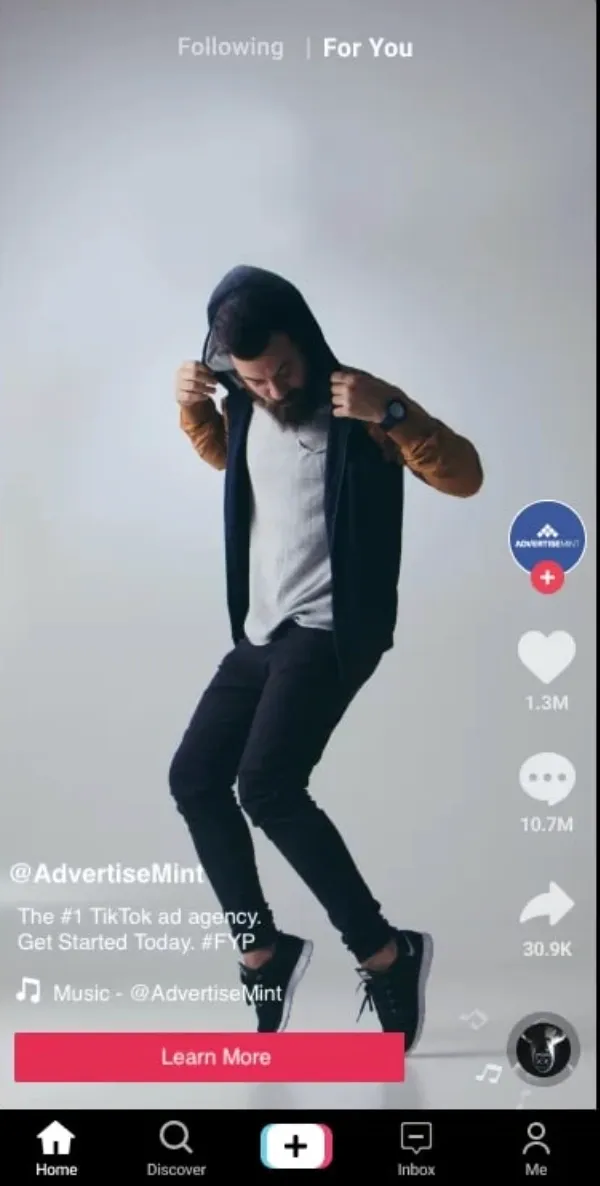
Tech stack to build an app like TikTok
Building an app like TikTok requires a combination of frontend, backend, database, and cloud services. Here's an overview of the essential tech stack:
Frontend (User Interface)
- Mobile Development:
- Flutter (Dart) – Cross-platform mobile development
- React Native (JavaScript/TypeScript) – Popular for hybrid apps
- Swift (iOS) & Kotlin (Android) – Native app development
- UI Frameworks & Tools:
- Jetpack Compose (Android)
- SwiftUI (iOS)
- Lottie (for animations)
Backend (Server & APIs)
- Programming Languages:
- Node.js (JavaScript/TypeScript) – Fast, scalable
- Django/FastAPI (Python) – API-driven backend
- Spring Boot (Java) – Enterprise-scale backend
- Databases:
- PostgreSQL/MySQL – Structured data storage
- MongoDB – NoSQL for flexible storage
- Redis – Caching for fast performance
- Video Processing & Storage:
- FFmpeg – Video transcoding
- AWS S3 / Google Cloud Storage – Media storage
- CDN (Cloudflare, Akamai) – Fast content delivery
AI & Recommendation Engine
- Machine Learning Frameworks:
- TensorFlow / PyTorch – Content recommendations
- OpenCV – Face recognition & AR filters
- NLP Libraries – Personalized captions/comments
- Big Data & Analytics:
- Apache Kafka – Real-time data streaming
- Google BigQuery / AWS Redshift – User analytics
Live Streaming & Social Features
- WebRTC / Agora / Twilio – Real-time video streaming
- Firebase / OneSignal – Push notifications
- GraphQL / REST API – Data communication
TikTok Business model
TikTok’s business model revolves around a mix of user-made videos, smart algorithms, and diverse ways of monetization.
Started by ByteDance in 2017, TikTok lets people create and share short videos, building a lively and creative community where everyone can engage to learn or get entertained.
Value Proposition
TikTok's primary value lies in its personalized content discovery, facilitated by a sophisticated algorithm that curates video feeds based on personal preferences. This keeps users engaged for longer periods.
The platform empowers creators with tools for video production and provides them with monetization opportunities, such as virtual gifts that can be converted into real money, or brand endorsements.
Revenue Streams
TikTok generates revenue through multiple channels such as targeted advertising for brands, in-app purchases of gifts for creators via virtual coins, e-commerce section for personal purchases.
This combination of engaging content and strategic monetization has positioned TikTok as a leading player in the social media landscape. The company is valued at ~ $100 billion as of Jan 2025.
How does TikTok make money?
TikTok makes money through advertising, TikTok Coins, and e-commerce commissions. It generates revenue with in-feed ads, brand takeovers, top-view ads, branded challenges, and effects.
Users purchase TikTok Coins to gift creators during live streams, with TikTok taking a 50% commission on withdrawals. The platform also earns a commission from in-app product sales.
How much does it cost to create an app like TikTok? (<100 words)
Developing an app like TikTok typically costs between $100,000 for a basic MVP and $300,000+ for a fully-featured platform. Costs depend on feature complexity (video editing, live streaming, AI recommendations), platforms (iOS, Android, web), design quality, team location, and maintenance.
To manage costs, start with an MVP that includes core functions like video uploading and a personalized feed. Outsource development to reduce expenses and focus on scalability and user experience to minimize technical debt and support growth.
If you need more guidance on app development, feel free to reach out!
How Tenet can assist you in developing online social media app like TikTok
At Tenet, we excel in developing complex social media apps and websites from end to end, including building feature roadmaps, creating UI/UX design prototypes and doing software development to bring those apps and websites to reality.
We have created social media apps not just for brands but also for the government. We have developed social media cum e-learning-based applications for govt.
In addition, we also provide marketing and CRO services for such apps and websites, generating over $100M+ in incremental revenue through conversion optimization and targeted ads for the brands.
FAQs
What programming language was used to make TikTok?
TikTok utilizes a combination of programming languages to ensure a seamless user experience. For the iOS platform, Swift is primarily used, while Kotlin and Java are employed for Android app development.
On the backend, languages like Python and Java handle server-side operations, data processing, and algorithm implementation.
Additionally, C++ is used for performance-critical components, ensuring efficient real-time video processing and rendering.
How technically difficult is it to develop an app like TikTok?
Developing an app like TikTok is technically challenging due to its complex features and scalability requirements.
Key difficulties include implementing real-time video processing, ensuring low-latency streaming, and developing a sophisticated AI-driven recommendation engine for personalized content.
Put simply, building a scalable backend infrastructure to handle millions of users and vast amounts of data seamlessly requires expertise in cloud computing, database management, and cybersecurity.
What back-end tech stack to use to code TikTok from scratch?
To build TikTok’s backend from scratch, use:
- Languages: Python (AI algorithms), Node.js (real-time features), Java or Go (scalable services).
- Frameworks: Django (Python), Express.js (Node.js), Spring Boot (Java).
- Databases: MongoDB or Cassandra (NoSQL for unstructured data), PostgreSQL (relational data).
- Storage: Amazon S3 or Google Cloud Storage for videos.
- CDN: Cloudflare or AWS CloudFront for fast content delivery.
- Cloud Services: AWS, Google Cloud Platform, or Microsoft Azure for scalable infrastructure.
This stack ensures scalability, performance, and efficient data handling.
Connect with our developers for a free consultation call
Connect with our developers for a free consultation call

Got an idea on your mind?
We’d love to hear about your brand, your visions, current challenges, even if you’re not sure what your next step is.
Let’s talk
